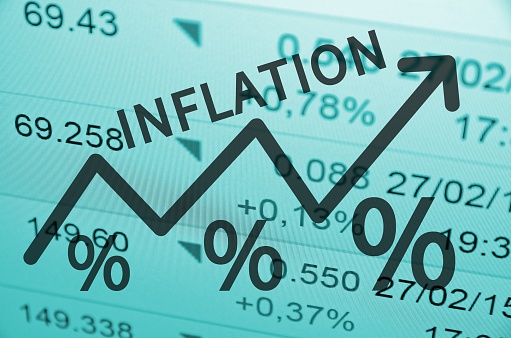When I was a kid I used to wonder what stops the government from printing money? Can’t a country just print money and distribute that money to its citizens?
Actually, it does not work like that. Money can be considered as a record that is accepted as compensation or payment for any services or goods. Money provides a socio-economic base to a country.
Can a Country become rich by printing money?
Printing more money doesn’t increase economic output it only increases the amount of cash circulating in the economy. If more money is printed, consumers are able to demand more goods, but if firms have still the same amount of goods, they will respond by putting up prices. In a simplified model, printing money will just cause inflation.
Problems with inflation

- Fall in value of savings. If people have cash savings, then inflation will erode the value of their savings. Due to inflation years later, your savings would have become worthless. High inflation can also reduce the incentive to save.
- Menu costs. If inflation is very high, then it becomes harder to make transactions. Prices frequently change. Firms have to spend more on changing price lists. In the hyperinflation of Germany, prices rose so rapidly; people used to get paid twice a day. If you didn’t buy bread straight away, it would become too expensive, and this is destabilising for the economy.
- Uncertainty and confusion. High inflation creates uncertainty. Periods of high inflation discourage firms from investing and can lead to lower economic growth.
What determines the amount of money a country can print?

There is no fixed yard stick which determines the amount of printed money by central bank. It should be sufficient to make transfer of goods and services smooth and at the same time restore the value of currency.
Value of currency depends on many factors e.g. net exports, Current and fiscal deficit, Interest rate in the economy among many moving parameters.
Generally speaking central bank prints almost 2-3% money of total GDP. But this amount of money varies a lot from economy to economy. Mature or developed market prints 2-3% of their GDP. Emerging economy like India has much more than 2-3% money in circulation.
How much money is sufficient?

A country may print as much currency as it needs but it has to give each note a different value which further called as denomination. If a country decides to print more currency than it is needed, then all the manufacturers and sellers will ask for more money. If the production of currency is increased with 100 times, then the pricing will also rise accordingly.
The printed money should be produced in perfect balance with the value of goods and services. That is the reason why a country can produce more currency or money when its economy is succeeding
Comments are closed.